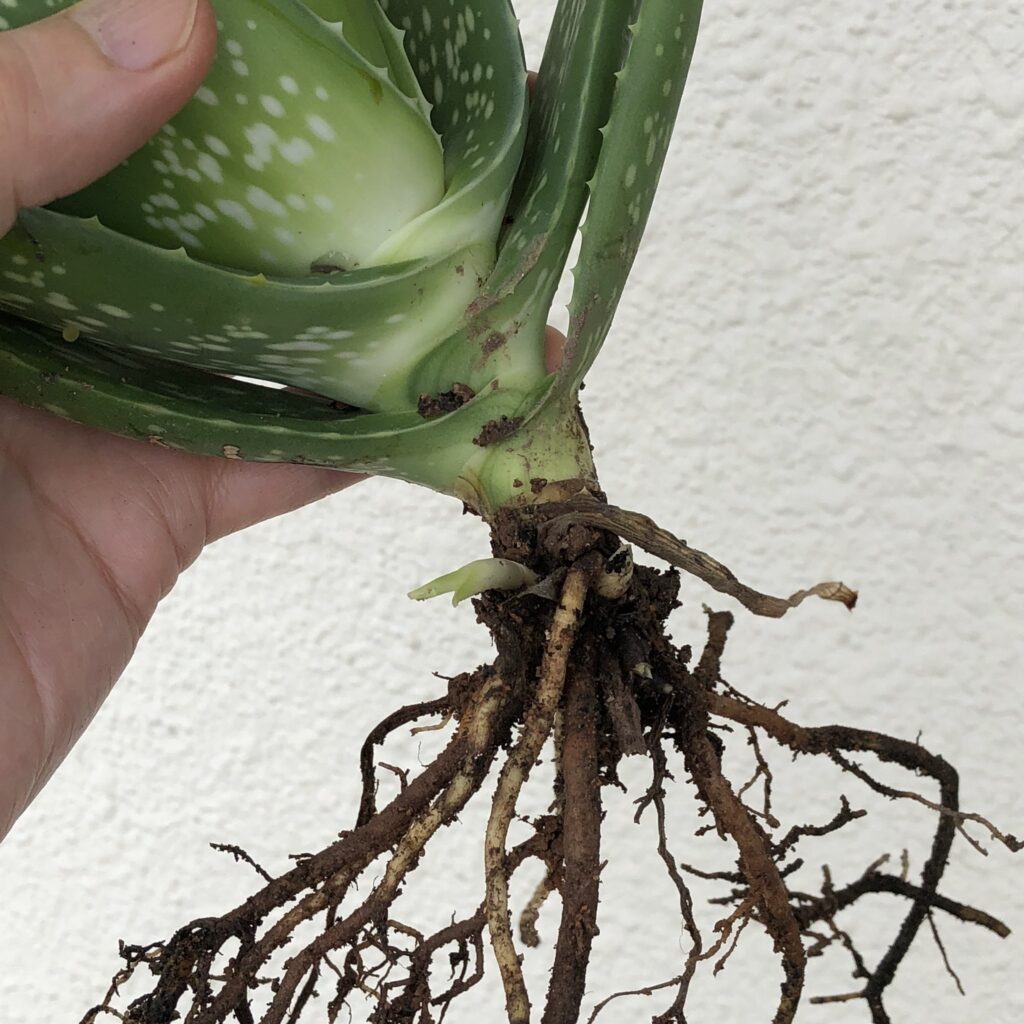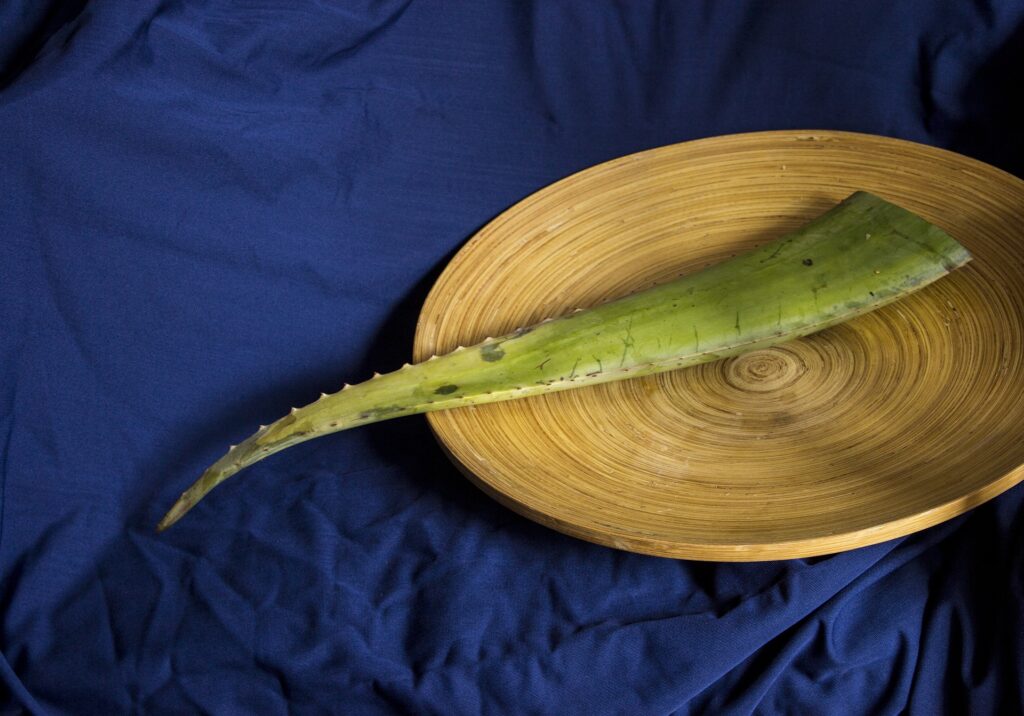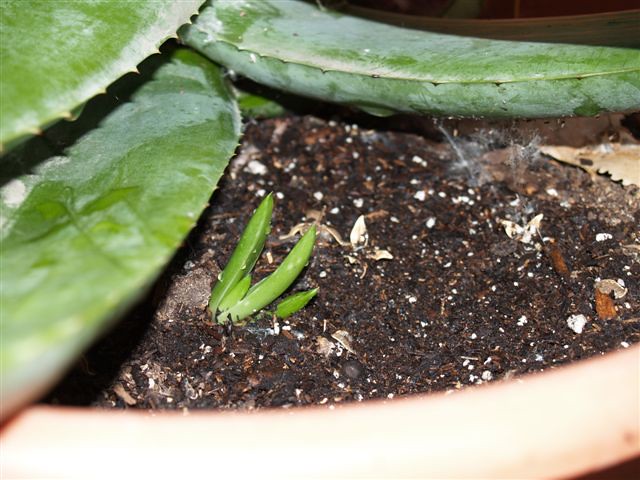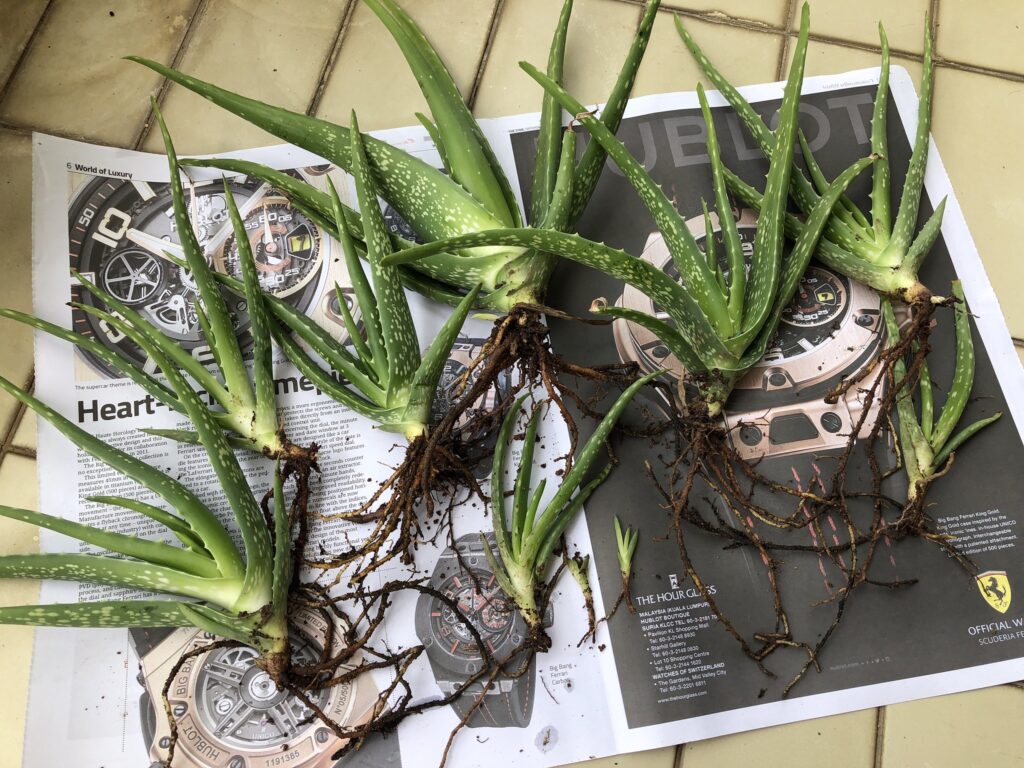Hello everyone! We hope that you are well and ready to learn about how to propagate aloe plants.

It really is quite a simple process and one that you will learn all about in this article. From two of the most common methods to what you will need, we cover all the basics.
So, without further ado, let us dive right in.
Let’s Talk About Aloe Propagation
Propagation means the process of growing plants from seed, cuttings, or grafting. Propagation is good because it makes new plants for us to enjoy in our garden.
RELATED: How To Propagate Wandering Jew: What You Need To Know
It also gives us more space to grow and experiment with. So let’s talk about how we can propagate aloe.
Aloe propagation is easy and the reason for this is the offsets or pups. Wild aloe varieties such as aloe brevifolia can propagate by means of seeding; the main way this process happens is through their offsets.
Aloe starts producing offsets when they are only a few years old and as a rule, the older and healthier the plant is the more chance it has of growing baby aloes.
If you want your aloe to start producing offsets you need to make sure that the grown plant receives all the sunlight and special succulent fertilizer it requires.
The fertilizer should be given to your aloe only in early spring or summer when the plant actively grows and creates offsets.
If you are looking to propagate your baby aloe plants you will need to divide them into smaller plants. This is one of the easiest methods of propagation for this species of plant.
You can propagate your aloe at any time of year, but it is recommended that you wait until the growing season in the spring and summer for it to be most effective.
With that in mind let us further explore what you will need to propagate aloe and from there how you can do it.
What Will I Need?
The logical place to start aloe propagation is to make sure you have all the items that you will need.
Below you can see our list:
- A plant pot or container with appropriate drainage holes.
- A sharp pair of clippers or a knife you can cut with.
- Soil that drains well you should ideally get a soil that is especially for succulent plants.
- A trowel will make your life easier, but it is not a necessary requirement for the propagation
- Finally, you will need one adult aloe with baby aloes or ‘pups’ as they call them.
Assuming that you have acquired everything on this list you are probably ready to explore the different methods of aloe propagation.
Let’s Start Looking At Methods
Okay, we have our pot, clippers, soil, aloe, pups, and a trowel. Now we are ready to start looking at a few of the methods that are commonly used in propagating aloes.
We will be covering the leaf-cutting method and the division method in this article. So, let us delve right in.
The Leaf Cutting Method – Aloe Propagation
This method involves removing some leaves from an existing aloe and then replanting these in another pot. After planting these leaves and roots in water they will rapidly multiply and become a healthy nursery.

Leaf-cutting propagation works best where there are young aloe plants around 1-5 years old. As these plants age and become bigger, they produce fewer and smaller leaf cuttings.
Older plants often produce less than 5% leaf cuttings and even small plants won’t give many.
Leaf-cutting is great for growing more babies as it saves time and helps maintain the health of the root system.
Below are the basic steps you will need to take if you want to try this method for your aloe propagation project:
Step 1 – Get your sharp knife, make sure that it is clean before you continue. From the mother plant, cut off a section of leaf.
You do not need to take the leaf off at the joint, so just a small section from one of the leaves will do. Just an inch or two should be enough but if you really want you can cut more. But when you cut, make sure that it is clean and neat.
Step 2 – Now that you have your cutting you should allow it to dry for a few days. When the area you cut starts to scab over and dry out you can proceed to the next step.
Sadly sometimes the leaf will just rot which means you will need a new cutting before you can continue.
The point here is to wait for the aloe leaf to scab over at the point of cutting and for the leaf to start drying out a little.
Step 3 – Get a pot and your well-draining soil, fill the pot and place the cutting in the dirt. Make sure that the cut side is face down in the dirt and your aloe leaf is standing straight up.
Step 4 – You will not need rooting hormones for this type of propagation as the cutting will root on its own. You will however need to mist the aloe leaf with water.
The soil will need to stay damp but be careful not to soak the soil too much. When you notice that the cutting has developed new leaves and roots you can go back to your normal watering schedule.
Just make sure that there is not too much excess water in the soil, it should drain easily so that the plant develops healthily.
The Division Method – Aloe Propagation
Division is done using pruning shears or secateurs. Once again, the best option is to use a pair of secateurs so that you get both hands free to work effectively.

Your job is to separate the center stem of an aloe from the root system so that you can move this part away from the mother plant.
Remember, that once these parts are separated the aloe will create many little aloes or pups. These pups are placed in individual pots or containers filled with soil and provided with extra nutrients.
Below you can see a basic set of steps you can take if you want to use the division method for your aloe propagation:
Step 1 – You will need to start with finding the baby aloe plants or pups that will be growing on and around the mother plant.
Make sure to search carefully because the pups can be hiding under the mother plant’s leaves, at the base, or even on the stem.
Make sure that each pup has a few leaves and a fully developed root system of its own before you continue to the next step.
Step 2 – Remove the mother plant from the pot along with the pups and brush off as much of the dirt as you can. Be gentle, or you could risk damaging the mother plant and the pups.
You do not want to disturb the plants that are growing around your aloe, on top of that the root system for the mother plant and the pups are very delicate. So take care in completing this step.
Step 3 – Next, you will need to untangle the roots of the mother plant from the pups. Be extremely gentle, so you do not damage the root systems.
You can use a knife to separate the plants but take extra care not to cut the roots of the mother plant or the pups. You will need to take your time here so that there is as little damage as possible.
Step 4 – At this point, you should have all your plants separated from the mother plant. You need to examine the pups’ roots for any damage that may have occurred during this process.
So, carefully cut away any root that is unhealthy or rotten. While you are doing this, make sure that you are keeping as much of the root as possible.
After you are done with the pups you can also check the mother plant for any root damage and carefully trim.
Step 5 – If you have any pups with damaged roots or only a few roots your next step is to dip them into a special hormone that will encourage them to grow.
This step is not always necessary but when you have small roots or severely damaged roots it is a great way to help your pups develop.
Step 6 – Next, you need to re-pot your pups or offsets. Make sure that the soil you use is well-draining. As well as that you will need to lightly cover the root in the soil.
DO NOT pack the soil tightly as the roots need to breathe. When the pups are small they still need time to adjust to the new soil around their root system. So take extra care.
Step 7 – Now that all the pups have been removed from the mother plant, make sure to put her back in well-draining soil.
If you feel it is necessary, put your mother plant in a larger pot. Your plants should be planted at the same depth they were when you cut them.
Step 8 – It goes against your basic instinct, but do not water your pups. You will need to keep the soil dry for a few days before you water them.
This is because the roots require time to heal and get used to the soil. This process is at its best when the soil is dry.
After a little while, you can begin watering your baby aloes. But only after a few days to a week has gone by.
Frequently Asked Questions

You probably have a few questions floating around your mind. Well, you are in luck. In this section, we have selected some of the most frequently asked questions on this topic and answered them here.
Can You Root An Aloe Plant In Water?
Aloe will grow better if you root it in soil, but it is possible to grow it in water. But it is important to remember that aloe plants can survive prolonged water exposure for only 14 days or so.
In light of this, only use this method as a means of keeping your aloe pups alive while you prepare the soil for their permanent home.
Can You Regrow Aloe From A Stem?
You can regrow an aloe from another aloe stem. The first thing you need to do is find a healthy-looking aloe plant.
Then, pick the base of the mature part of the aloe (the thickest part) and sever it completely from the rest of the plant.
Place the middle section of the severed stem onto clean sand or loamy soil then place it somewhere warm and dark.
In about three months you will have a new leaf growing out of the top of the severed stem.
Does Aloe Produce Seeds?
Yes, Aloe produces seeds. These are called Aloid Fruits. They look very similar to flowers with long stamens which produce pollen.
After fertilizing these fruits, aloes will then start producing more leaves on the branches.
Will Aloe Pups Grow Without Roots?
The short answer to this question is yes. But your aloe pups will not always thrive without roots. Some of your plants should survive without roots initially though.
Why Is My Aloe Plant Dying?
This could happen due to many reasons. For example, your plant was either moved too early or left too late. Or maybe the soil was too wet or too dry.
Some of the most common causes of death are insects, molds, fungi, and bacteria. To avoid such issues, make sure you check the air quality in your house or greenhouse.
If there are pests you can remove them with a flea spray or insecticide. Also, maintain good ventilation, so you don’t end up killing off any beneficial organisms.
Another cause might be improper watering or feeding. Make sure that your plant has enough light. Use fertilizer regularly or even multiple times during one period.Aloe Propagation Need To Know
And lastly, you may want to water properly. As a general rule, water once a day in case of high humidity.Aloe Propagation Need To KnowAnd lastly, you may want to water properly. As a general rule, water once a day in case of high humidity.
Don’t allow excess moisture to collect on the surface of your pots until you see your pups thriving. Always follow your local rules on when to water
Final Thoughts
That is all for this article, we hope that you have learned everything you need to know about how to propagate aloe plants.
The process really is quite simple if you have all the right equipment, and you know what to look out for.
We hope that the information we have offered here will be enough to guide you through the process. With that, we wish you the best of luck propagating your aloe plants. Have a fantastic day.
We hope you learned something from this article, here are other articles that you can learn from:
Foundation Planting: All The Important Steps and 25 Suggested Plant For Starters
What Is Leca and Is it Useful for Plants? All The Plant Care Questions and Answers
Identification and Control of Rust Fungus by Natural and Chemical Ways







